Kotlin Return and Jump
There are three jump expressions in Kotlin. These jump expressions are used for control the flow of program execution. These jump structures are:
- break
- continue
- return
Break Expression
A break expression is used for terminate the nearest enclosing loop. It is almost used with if-else condition.
For example:
In the above example, for loop terminates its loop when if condition execute break expression.
Kotlin break example:
Output:
1 2
In the above example, when the value of i became equal to 3 and satisfy the if condition(i==3) than the break expression execute and terminate for loop.
Kotlin Labeled break Expression
Labeled is the form of identifier followed by the @ sign, for example [email protected], [email protected]. To make an expression as label, we just put a label in front of expression.
Kotlin labeled break expression is used to terminate the specific loop. This is done by using break expression with @ sign followed by label name ([email protected]).
Kotlin labeled break example
Output:
i = 1 and j = 1 i = 1 and j = 2 i = 1 and j = 3 i = 2 and j = 1
In the above example, when the value of i became 2 and satisfy the if condition which execute break expression followed by labeled name. The break expression followed by labeled name terminates the body of label identifier.
